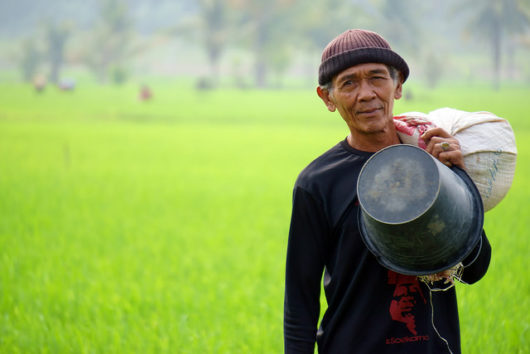
Healthcare improvements in Indonesia have been increasingly prevalent and apparent due to the government’s focus on improving the sector. Indonesia has set a goal of establishing universal healthcare by 2019, a move commended by the United Nations as part of the 2030 Sustainable Development Goals.
Addressing Non-Communicable Diseases
Non-communicable diseases (NCDs), which are mostly related to unhealthy lifestyle choices are a problem in Indonesia, accounted for 71 percent of all deaths in the country om 2014.
In addition to such sobering statistics, the poor continue to suffer disproportionately from Indonesia’s major health problems and are thus less likely to be immunized. In fact, children from the most impoverished families are nearly four times more likely to die before their fifth birthday than children from the richest families.
Local governments have become the focal point for healthcare provision. To demonstrate such prioritization, this group’s share in total public health spending increased from 10 percent (prior to decentralization) to 50 percent in 2001. This shift could make public spending more responsive, relative to local conditions and variations in disease patterns.
Healthcare Improvements in Indonesia
Telemedicine and software development for healthcare has begun in Indonesia on a small-scale. Close collaboration between the government and private sector is needed to bring this technology to its full potential. However, one of the major challenges in accomplishing bringing telemedicine to Indonesia is the lack of solid regulations. Telemedicine weds medical devices with IT — a combination often not present in government regulations.
Infant mortality has dropped from 118 deaths per thousand births in 1970 to 35 in 2003, and life expectancy increased from 48 years to 66 years over the same period. Such positive developments can be attributed to the expansion of a public health provision in the 1970s and 1980s and increased development in programs for family planning.
Long-Terms Strategies to Create Healthcare Improvements in Indonesia
The government’s Ministry of Health strategy is built on four pillars:
- Community empowerment
- Health financing
- Access to health services
- Surveillance
Some of the key issues in the decentralized setting for the health sector in Indonesia include: an increase in allocation for health and the improvement of allocative efficiency, the prioritizations within reproductive health and the attempt to ensure the availability of reliable information to support decision-making processes.
Project Development Objective in Indonesia
The World Bank has a specific Project Development Objective in Indonesia known as the Health Professional Education Quality (HPEQ). The aim of the objective is to improve higher education in the health sector through a number of developments. These improvements include:
- Strengthening policies and procedures for school accreditation
- Developing a national competency-based examination at the school level for graduates
- Improving school quality to meet accreditation standards
- Leading schools to accelerate progress among less strong schools
Healthcare improvements in Indonesia occur because of increased support from the Indonesian government, as well as the help from local and national organizations. With such internal and external support and increased levels of impact, Indonesia continues to make steady improvement in its healthcare system and positively change the lives of its constituents. Other nations would do well to follow in Indonesia’s healthcare-focused footsteps.
– Casey Geier
Photo: Flickr

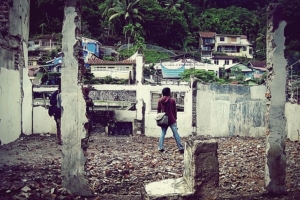

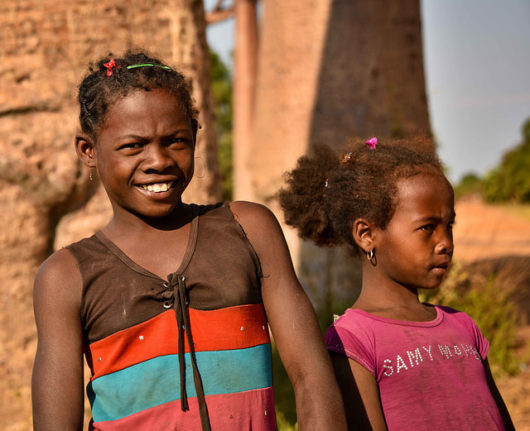
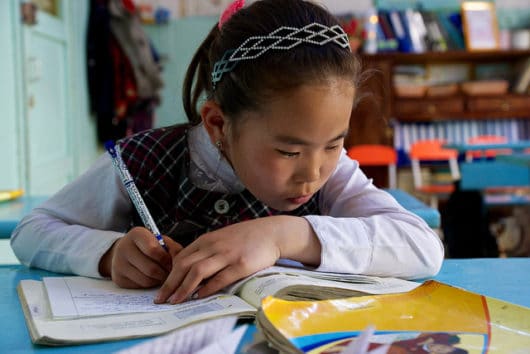

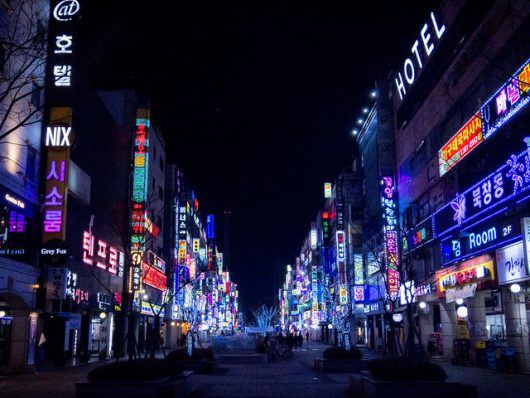
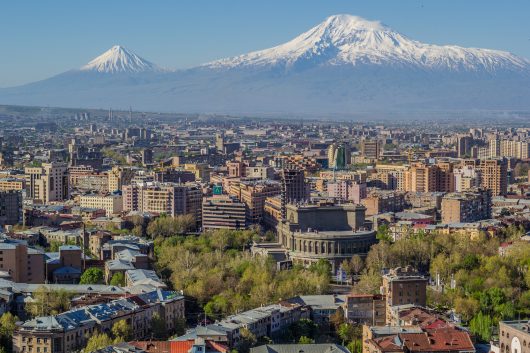
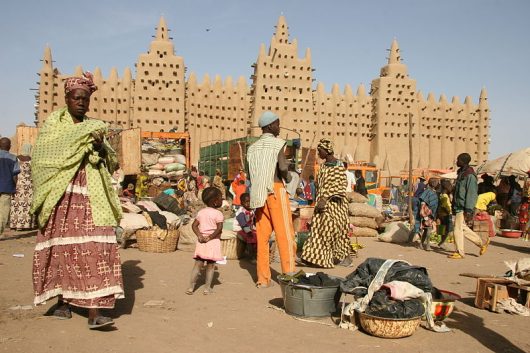 For many of the poor in developing nations, securing loans is often an unfeasible task. Reforms to credit access in
For many of the poor in developing nations, securing loans is often an unfeasible task. Reforms to credit access in 